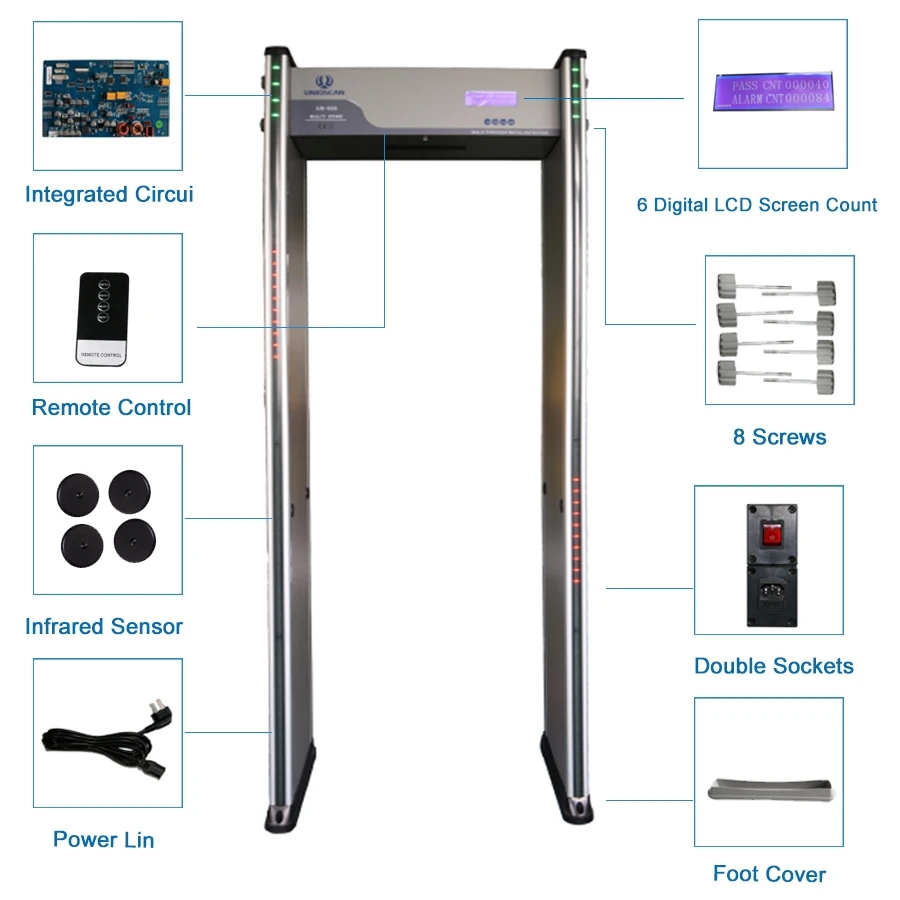Metal detecting is a popular hobby that can be both exciting and rewarding for beginners. With the right equipment and techniques, enthusiasts can uncover valuable coins, relics, and other treasures buried beneath the ground. One key aspect of successful metal detecting is understanding and utilizing threshold detection levels effectively.
Threshold sensitivity settings play a crucial role in metal detecting as they determine the depth at which your detector can pick up signals. By adjusting the threshold level on your metal detector, you can enhance its ability to detect targets even at greater depths. Here are some tips for beginners looking to maximize their success with threshold-based metal detecting:
1. **Best Metal Detectors for Beginners**: When starting out in metal detecting, it’s important to choose a detector that is user-friendly and suitable for beginners. Models like the Garrett ACE series or Minelab Vanquish are popular choices among new hobbyists due to their ease of use and affordability.
2. **Tips for Finding Coins at Threshold Depth**: Coins are one of the most common targets for metal detectorists, and they can often be found at varying depths depending on factors such as soil composition and target size. To increase your chances of finding coins at threshold depth, consider using smaller search coils that provide better sensitivity to shallow targets.
3. **Threshold Modulation Techniques**: Threshold modulation involves adjusting the audio tone produced by your detector when no target is present. By fine-tuning this background hum or tone, you can better discern faint signals from potential targets buried deep underground.
4. **Understanding Ground Balance at Threshold Level**: Ground balance is essential for eliminating false signals caused by mineralized soil conditions. When hunting near threshold levels, make sure to properly ground balance your detector to maintain optimal performance.
5. **Target Identification Near Threshold Tone**: Different metals produce distinct audio responses on metal detectors based on their conductivity levels. By familiarizing yourself with how different targets sound near the threshold tone, you can improve your target identification skills while hunting.
6. **Discrimination Features and Threshold Response**: Discrimination features allow detectors to ignore certain types of metals based on their conductivity levels. Adjusting these settings alongside your threshold response can help filter out unwanted signals while focusing on potential treasures.
7 .**Threshold Depth vs Target Size Correlation:** The depth at which a target signal becomes audible through the threshold may vary depending on its size and composition.Generally speaking,larger objects will produce stronger signals detectable from deeper depths compared to smaller ones .
8 .**Pros And Cons Of Hunting At Threshold Level:** Hunting near or at the threshold level has its advantages such as increased sensitivity towards faint signals but it also comes with challenges like increased noise interference from surrounding environments .
9 .**Advanced Techniques For Detecting Faint Signals At Threshold:** Utilize advanced techniques such as grid searching,recovery speed adjustment,and notch discrimination settings in order to pinpoint faint signals more effectively close to or below the detection thresholds .
10 .**Strategies For Pinpointing Targets Using The Threshold:** Once you’ve detected a signal close to or below the detection thresholds,you should utilize methods like pinpoint mode,sweeping patterns,and hand-held pinpointers in order narrow down exact location where target lies buried beneath surface
11 .**Threshold Stability In Different Soil Conditions:** Soil conditions play an integral role in affecting stability of detection thresholds so ensure perform regular ground balancing procedures especially when transitioning between wet/dry,mild/harsh terrain types
12 .**Using Headphones To Enhance Detection Sensitivity :** Connecting headphones allows users experience enhanced auditory feedback especially when operating under noisy environments thus improving overall detection accuracy during searches
13 . Fine-Tuning Your Detector’s Threshold Tone: Adjusting threhsold tones plays vital part maintaining consistent performance , experiment different frequencies,tone pitches until find preferred setting most comfortable working with
14.The Science Behind Threshhold-Based Metal Detecting: Understanding how electronic circuits within detectors interpret subtle changes electromagnetic fields emitted various metallic objects helps grasp underlying principles guide selection specific models ideal type treasure hunting pursuits
15.Maximizing Performance With A Consistent Threhsold Level: Maintaining stable threhold level throughout hunt ensures reliable signal reception minimizing false positives/negatives aiding accurate recovery process
In conclusion ,threshold-based metal detecting offers exciting opportunity uncover hidden treasures beneath surface however requires patience practice master art effectively utilizing tools strategies discussed above will greatly enhance experience increase likelihood making remarkable finds during adventures into world excavation discovery
